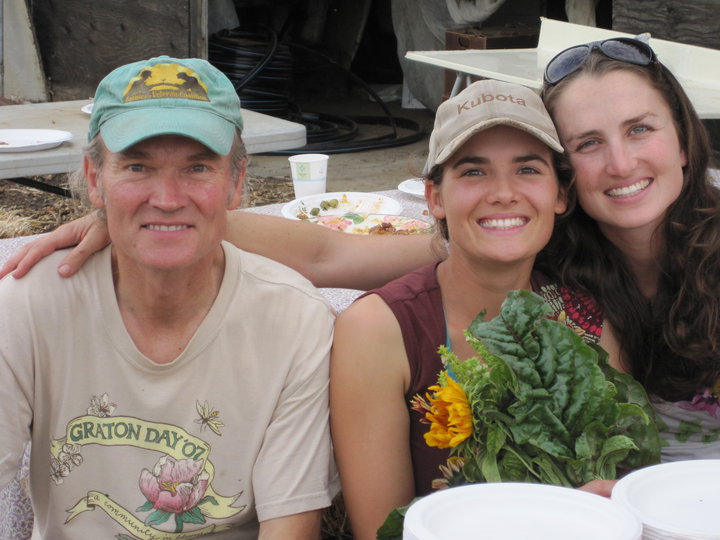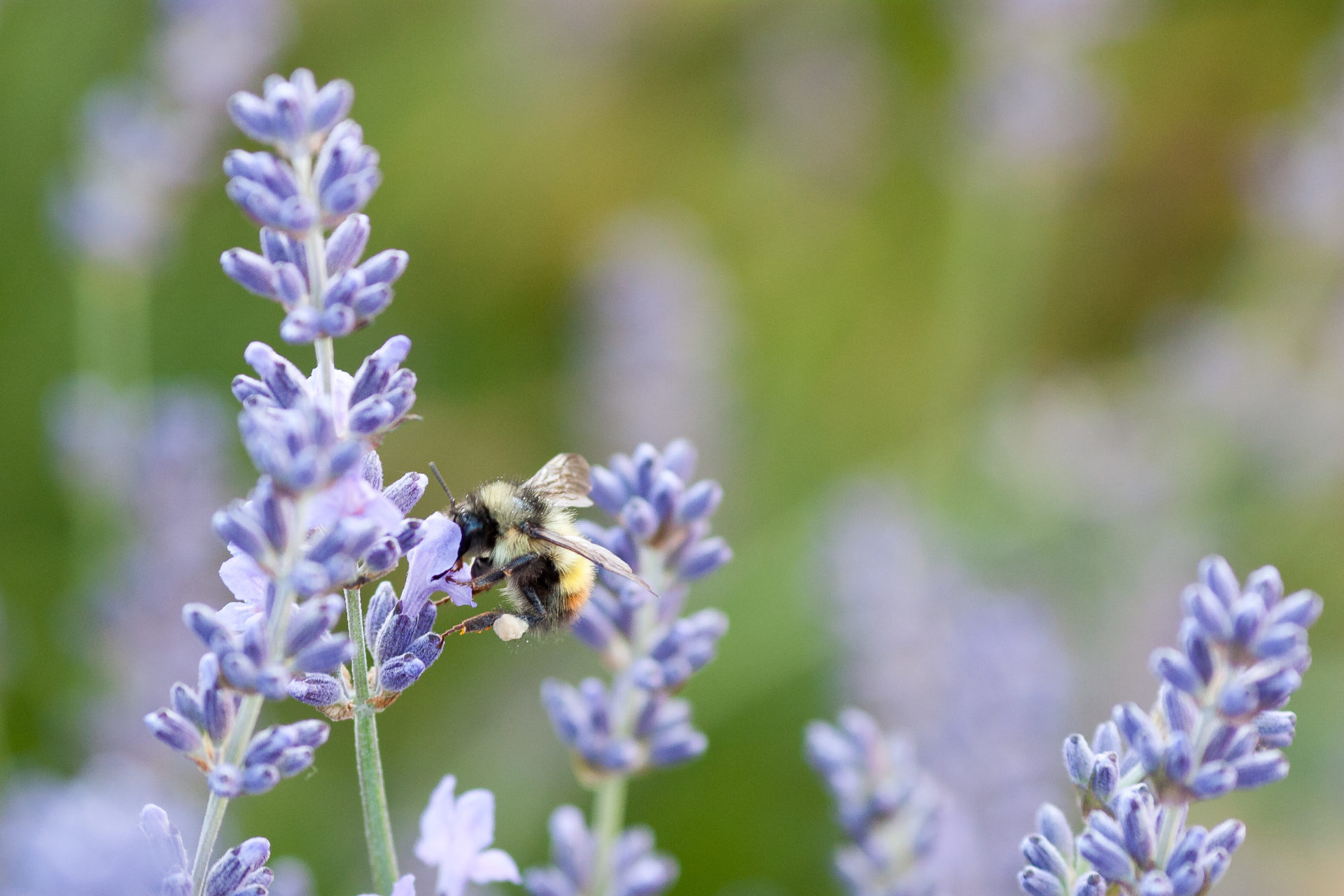By Glen Schneider

The Ten Breath Practice is a simple, concrete way to nourish our seeds of happiness and joy. It involves allowing ourselves to be “caught” by something wonderful during the course of our day: a sight, a sound, a feeling. When this happens, we stop and offer it our full presence. Something shows up for us, so we show up for it. You can practice it anywhere,
By Glen Schneider

The Ten Breath Practice is a simple, concrete way to nourish our seeds of happiness and joy. It involves allowing ourselves to be “caught” by something wonderful during the course of our day: a sight, a sound, a feeling. When this happens, we stop and offer it our full presence. Something shows up for us, so we show up for it. You can practice it anywhere, anytime. It can change you and your relationship with the universe.
This practice is based on recent neuroscience, in which three important discoveries have been made about nourishing happiness and joy.
- Our brain is organized in clusters of neurons known as “neural pathways,” which are created when similar chemical signals are repeatedly fired among these Mental traffic tends to follow existing, readily available routes, regardless of whether the neural pathway is appropriate, accurate, or beneficial. The more we use a route, the more available it becomes. “What fires together, wires together.”
- The human organism is preferentially wired, overwhelmingly, to recognize dangers and Survival is the priority. Happiness and joy are optional behaviors.
- Neuroscientists have estimated that it takes about thirty seconds to firmly root a new neural So with awareness and practice, we can develop our beneficial pathways. New neural networks become more firmly rooted with the length of time something is held in awareness and with the intensity of the emotional stimulation. As new connections are created and used repeatedly, footpaths eventually become freeways. With practice, we can re-wire our brains so that patterns of happiness become habitual, authentic, and deeply nourishing.
As Zen meditators, we are accustomed to following our breath, so we can use ten breaths as the measure of time needed to set a new pathway. Suppose a flower catches our attention while we’re walking outdoors. We pause and simply present ourselves to the flower without judgment, commentary, or analysis. We behold it through awareness of our breathing—bringing mind and body together—and we count each breath cycle: “one, two, three,” all the way to ten. While breathing, please bring into awareness your emotions and body sensations. Let the experience be as intense as possible. See if you can open up every cell of your body to the experience.
Distractions or doubts may arise. “I’ve got other things to do.” “This isn’t working; this is boring.” “This really isn’t such a great flower after all.” You might feel foolish or you might break out in tears. The important thing is to find a way to count to ten, to really set and anchor the new neural pathway. And when you reach ten, why not count to twelve, or twenty? The sky’s the limit.
The Ten Breath Practice engages the teacher within. What catches your attention is entirely, uniquely up to you. How you behold this experience and allow it to penetrate is also totally up to you. Out of your own sustained awareness, you will create and strengthen new neural pathways. Your mind will grow, and the next time you encounter a flower, your experience of it will be easier, more familiar, and deeper. Good luck!

Glen Schneider, True Attainment of Concentration, is a Dharmacharya and founder of the Buckeye Sangha in Berkeley, California. A naturalist/gardener, he is writing a natural history field guide to the East Bay part of the San Francisco area. He has two daughters, Rosa and Lily (pictured).

